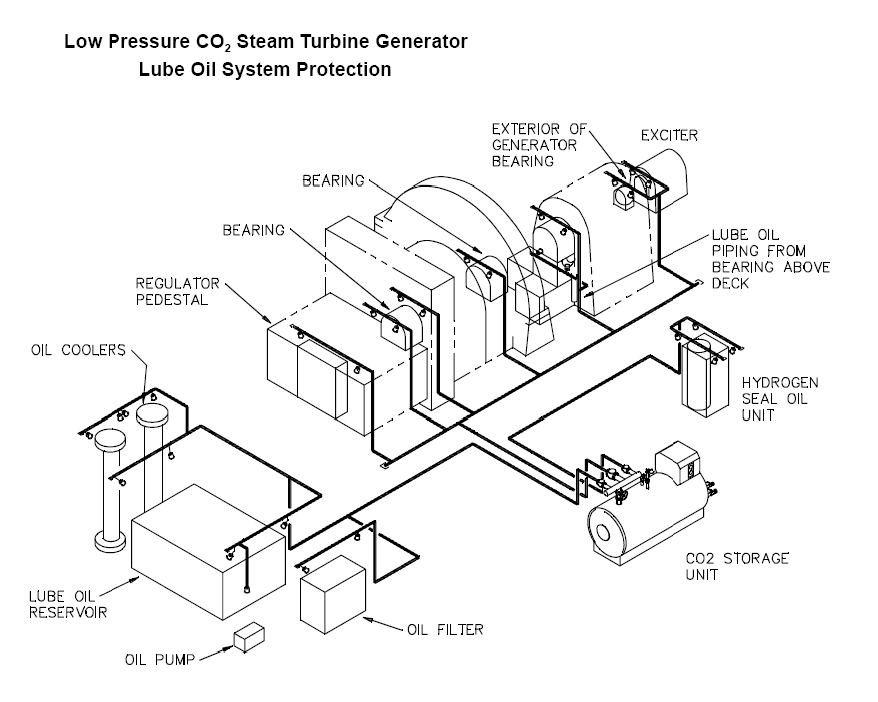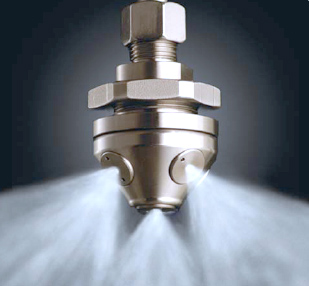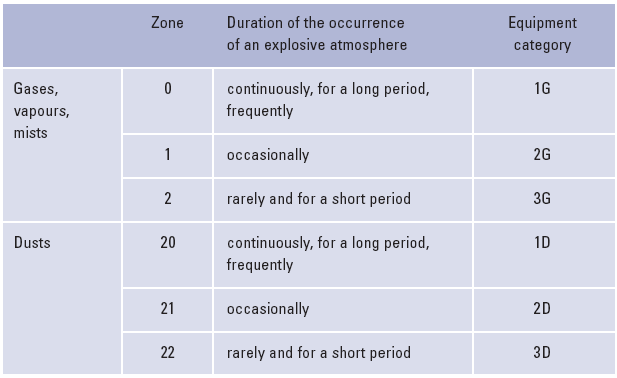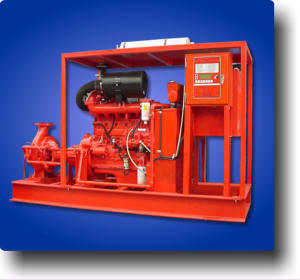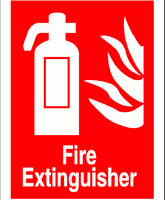Mainly following different types of fire protection spray systems are discussed.
1. Fixed water based fire protection spray type system - Water spray is defined as water in a specific form having a specific pattern, particle size, density and velocity which is discharged from specially designed nozzles or equivalent devices. Types of fire hazard protected by water spray systems, components of these fire fighting systems are discussed in this post along with limitations of such systems.
2. Foam water spray fire fighting systems - Foam water systems generally work by allowing foam concentrate to mix with water flowing into the pipingsystem. These systems are equipped with a bladder tank containing foam. When a fire is detected a signal is sent to the releasing panel to open the deluge valve allowing water to flow. At the same time, piping to the bladder tank flows and pressurizes the outer shell of the bladder tank which forces foam concentrate to travel into the system piping and then into the Foam Proportioner. The foam solution produced by water and foam concentrate flows into the system piping and is discharged through the open nozzles or sprinklers.
3. Fire fighting systems using aerosols - By definition, aerosol is a fire extinguishing medium consisting of finely divided particles, whose diameter is typically less than 10 microns. There are generally two (2) technologies based on type of aerosol used: condensed aerosols and dispersed aerosols. Find out how to effectively use aerosols for fire fighting, safety considerations related to the use of aerosols for fire fighting and design guidelines for aerosol based fire fighting systems in this post.
4. Fire fighting systems with clean agents - Clean agents addressed by NFPA 2001 are electrically non-conducting substances which do not leave any residue upon evaporation. Clean agents are generally divided into two (2) groups: halocarbon agents and inert gases (IG). Components of fire fighting systems using clean agents, design guidelines for different types of clean agents are discussed in this post along with the limitations of such systems.
5. Water mist fire protection spray systems - By definition, water mist is a water spray for which the 99% of the total volume of liquid (Dv0.99) is in droplets of diameter smaller than 1000 microns at the minimum design operating pressure of the water mist nozzle. Properly designed water mist spray systems can be effective on both liquid fuel (Class B) and solid fuel (Class A) fires. Every water mist system shall have at least one automatic water supply. An extra supply (reserve supply ) of extinguishing agent (including additives and atomizing medium, if used) connected to feed into the automatic system should be considered for all installations.
